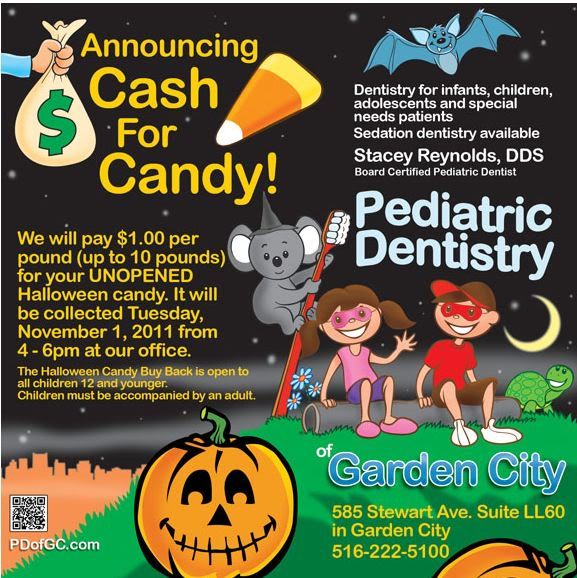Pediatric Dentistry of Garden City
516-222-5100
What is carbonic acid and how does it affect your teeth?
Carbonic acid is a weak acid created when carbon dioxide is dissolved in water, forming the inorganic compound H2CO3. The compound is found in soft drinks, inexpensive and artificially carbonated sparkling wines and bubbly drinks.
During the making of soft drinks like Coca Cola and Pepsi, carbon dioxide is dissolved in water, creating carbonic acid. This acid, along with phosphoric acid and other acids, provides the “tart” taste and the “burning sensation” that a person feels when ingesting a fizzy drink.
When the pH levels in your mouth reach 5.2 or below, the enamel of teeth is dissolved. Considering the high levels of acidity found in soft drinks, the pH levels go well below 5.2, dissolving teeth enamel. Over time, the acid dissolves the calcium in your teeth leaving behind a cavity.
Parents are usually worried about their children’s consumption of sugar and never stop to think about carbonic acid. Generally speaking, it’s better to drink a beverage that is neutral to slightly alkaline. The best pH for the mouth is neutral or slightly higher than neutral pH. This pH in the mouth makes it less hospitable for the bacteria that cause cavities. Water is the best option.
Are your children in danger of dissolving enamel and cavities? Do they drink soft drinks, sports drinks, juices and bubbly drink often? If so, schedule an appointment with Dr. Reynolds at Pediatric Dentistry of Garden City today to go over some options to put your child on a healthy oral health path.





